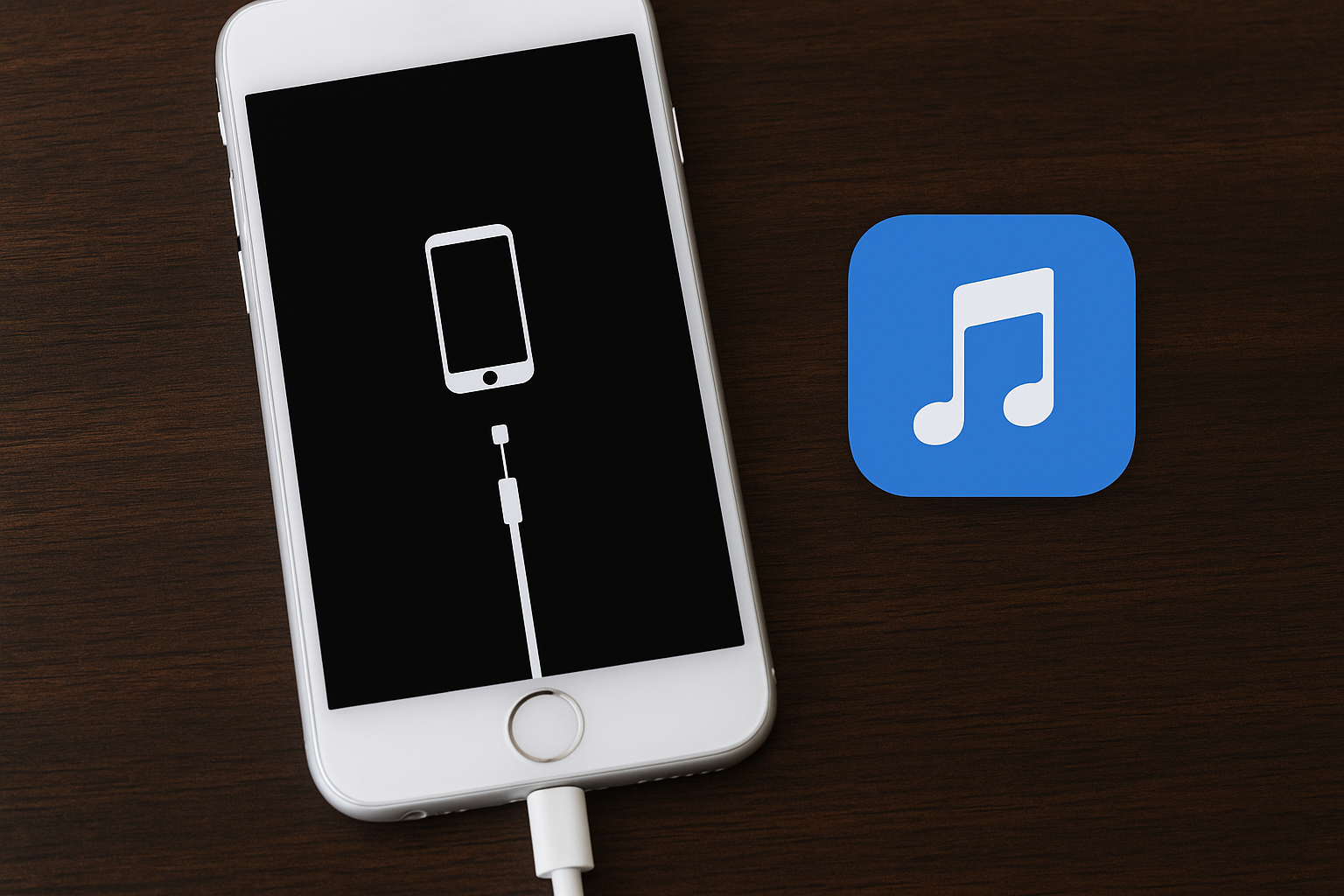Have you ever updated or restored your iPhone using an IPSW file only to realize your important data—photos, messages, or contacts—vanished into thin air? You’re not alone. Many Apple users face this frustrating situation after performing a firmware restore. But don’t panic—recovering lost data after an IPSW restore is possible if you know the right methods.
In this article, we’ll walk through everything you need to know about IPSW restores, why data loss happens, and the best ways to bring your lost data back safely.
What Is an IPSW File?
An IPSW file (short for iPhone Software) is the official firmware package used by Apple devices like iPhones, iPads, and iPods. It’s what iTunes or Finder installs on your device to update or restore the iOS operating system.
Think of it as the “installation file” for iOS—similar to how Windows uses ISO files.
Why People Use IPSW Files
There are several reasons why users prefer downloading and installing IPSW files manually:
-
To downgrade iOS to a previous version.
-
To fix bugs or software errors.
-
To restore a bricked or frozen iPhone.
-
To bypass iTunes update issues.
While it’s a useful process, it comes with a hidden risk—complete data loss if not done correctly.
Understanding IPSW Restore and Its Risks
When you restore an iPhone using an IPSW file, the device is wiped clean before reinstalling iOS. This process deletes all personal data, settings, and applications, making it similar to a factory reset.
So, if you didn’t create a backup beforehand, your data is at serious risk. Even if you did, improper restoration steps or corrupted backups can still cause data loss.
Common Reasons for Data Loss During IPSW Restore
-
No recent backup created before the restore.
-
Corrupted or incomplete iTunes/iCloud backup files.
-
Interrupted restore process (like cable disconnection or power failure).
-
Restoring with “Erase All Content and Settings” enabled.
-
Using unsigned or incorrect IPSW files.
Can You Recover Data After IPSW Restore?
Yes, in most cases you can. Whether your data can be fully restored depends on:
-
Whether you had an iTunes or iCloud backup.
-
How soon you attempt recovery.
-
Whether you use a professional recovery tool.
Even if no backup exists, specialized recovery software can scan your device for residual data and recover deleted files before they’re overwritten.
How IPSW Restore Affects iPhone Storage
During an IPSW restore, iOS overwrites the device’s storage partition with a new firmware image. However, fragments of deleted data often remain on the NAND storage until new data replaces them.
That’s why acting quickly—and avoiding unnecessary use of your device—is key for successful recovery.
Immediate Steps to Take After Losing Data
-
Stop using your device immediately.
-
Do not sync it with iTunes or iCloud—this might overwrite deleted data.
-
Download reliable recovery software and connect your iPhone to a computer.
-
Run a deep scan before attempting to reinstall or update again.
Best Methods to Recover Lost Data After IPSW Restore

9.1. Using iTunes or Finder Backup
If you had your iPhone backed up with iTunes or Finder before restoring, you can easily recover all data:
-
Open iTunes or Finder.
-
Connect your device and select it.
-
Choose Restore Backup.
-
Pick the most recent backup and restore it.
This method restores your contacts, photos, messages, and app data.
9.2. Recovering from iCloud Backup
If iCloud backup was enabled before the restore:
-
Go to Settings > General > Transfer or Reset iPhone.
-
Tap Erase All Content and Settings.
-
During setup, choose Restore from iCloud Backup.
-
Sign in and select your backup.
Your data will download automatically from iCloud.
9.3. Using Third-Party Data Recovery Tools
If you didn’t make a backup, you’ll need specialized software. These tools scan your iPhone storage to locate recoverable data fragments, including deleted messages, photos, and files.
Top Software Tools to Recover Data After IPSW Restore
10.1. Tenorshare UltData
One of the most trusted recovery tools, Tenorshare UltData supports recovery without backup. It can retrieve deleted photos, videos, and even app data like WhatsApp and Messenger.
10.2. iMyFone D-Back
A powerful recovery program known for its high success rate. You can preview files before restoring and recover from device storage, iTunes, or iCloud.
10.3. Dr.Fone Data Recovery
Part of the Wondershare suite, Dr.Fone helps restore more than 18 file types. It’s great for users who lost data after firmware updates or crashes.
10.4. iMobie PhoneRescue
Simple to use with a friendly interface. It recovers media files, messages, and iCloud data efficiently.
How to Recover Data Without Backup
If you have no backup, use a tool like Tenorshare UltData or Dr.Fone:
-
Connect your iPhone to a computer.
-
Run the software and choose Recover from iOS Device.
-
Start a deep scan.
-
Preview and recover your lost files.
The sooner you do this, the better your chances.
Tips to Avoid Data Loss During Future IPSW Restores
-
Always back up your iPhone before updating or restoring.
-
Use official Apple-signed IPSW files only.
-
Charge your device and avoid interruptions during installation.
-
Use a reliable USB cable for stable connectivity.
-
Test backups before restoring.
When to Seek Professional Help
If your iPhone is physically damaged, fails to connect, or data recovery software can’t detect files, it’s time to seek professional help. Certified Apple technicians or data recovery labs have the tools to retrieve data from encrypted storage chips safely.
How to Safely Use IPSW Files in the Future
-
Download IPSW files from Apple’s official servers or ipsw.io .
-
Verify the file signature (SHA or MD5).
-
Avoid beta or unsigned firmware.
-
Always check your device model compatibility before flashing.
Conclusion
Losing your data after an IPSW restore can be heartbreaking—but it doesn’t have to be permanent. Whether through iTunes, iCloud, or third-party recovery software, most users can retrieve a large portion of their lost data.





